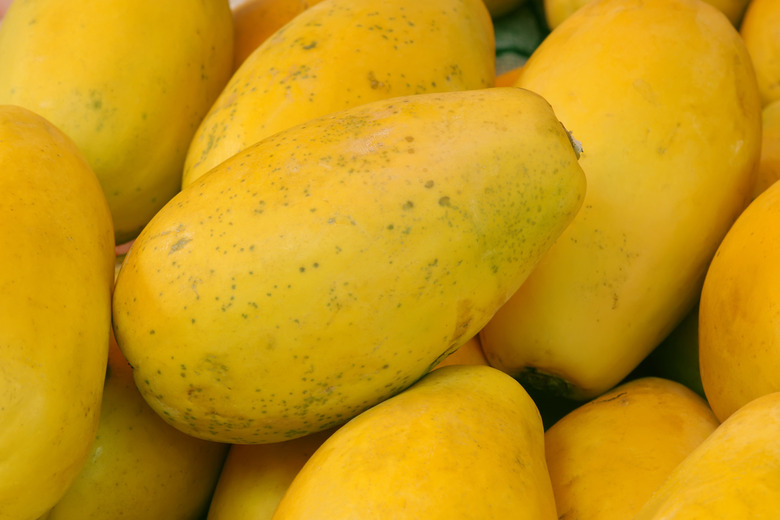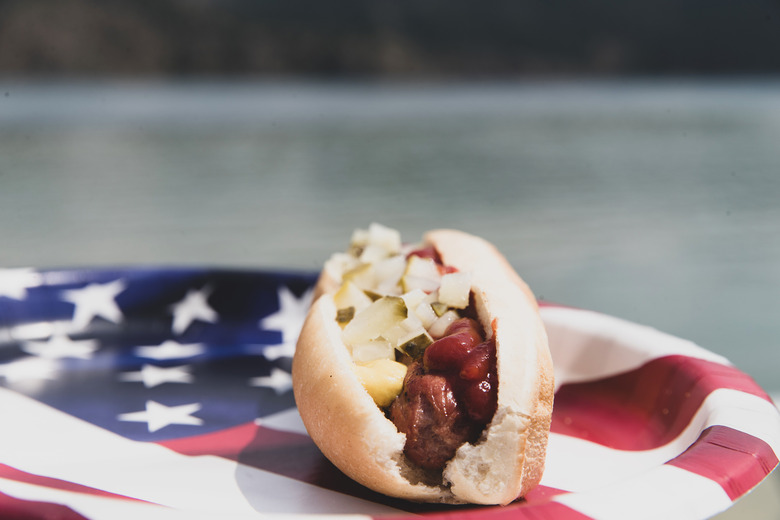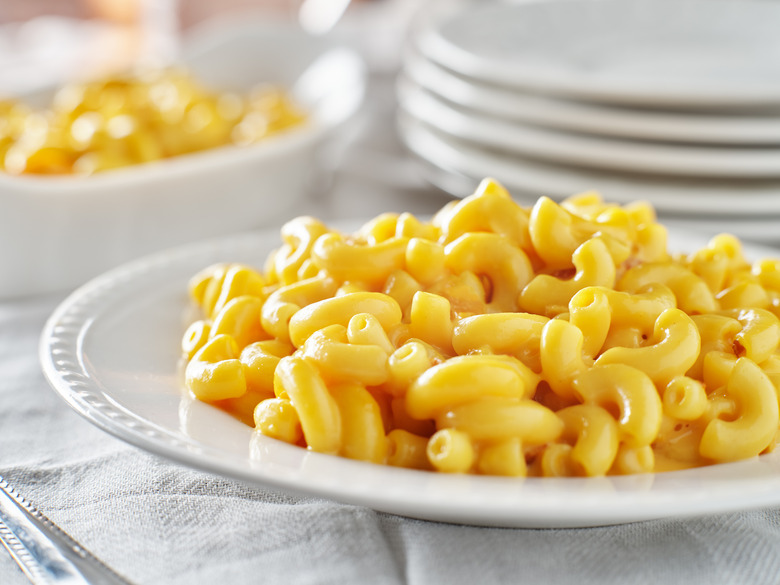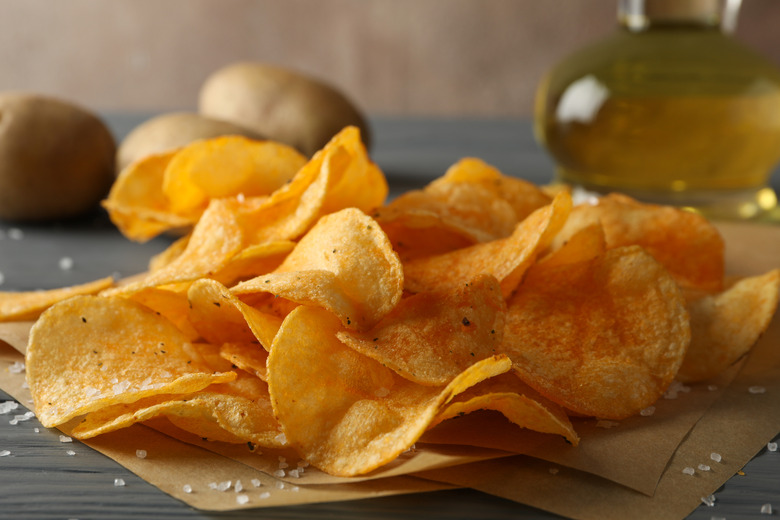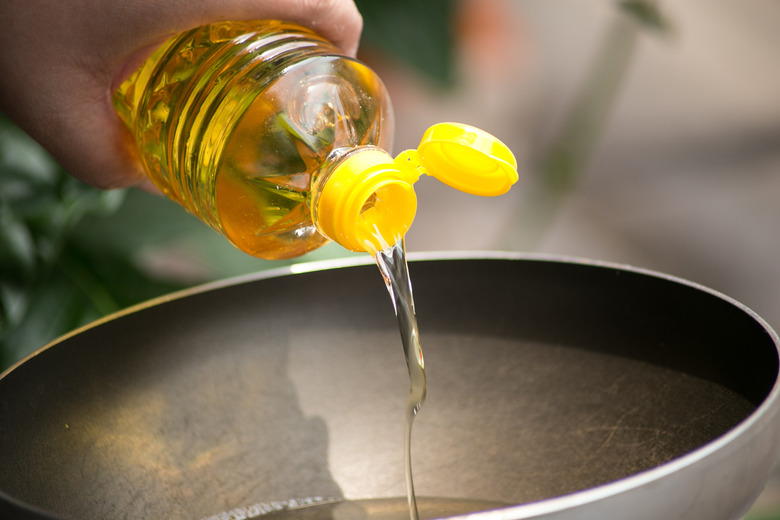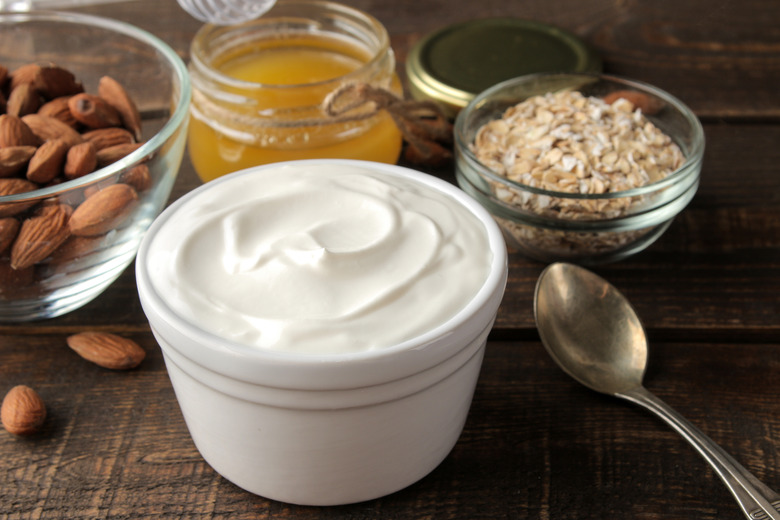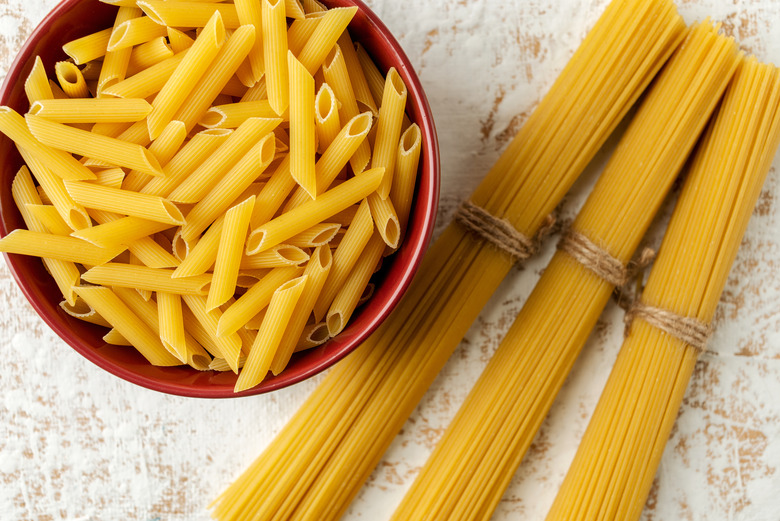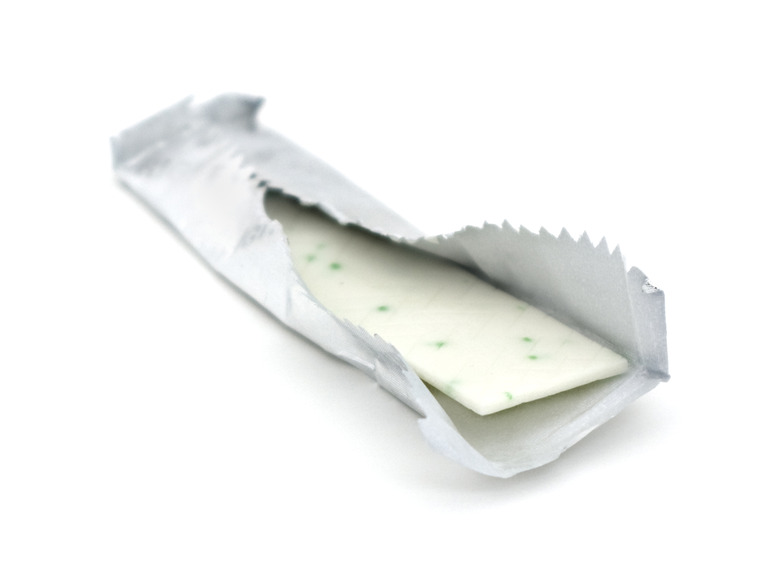10 Foods Americans Eat That Are Banned Around The World (Slideshow)
Farmed salmon are often fed an unnatural diet of grains, as well as antibiotics and other drugs, which can cause their flesh to turn a greyish color. To turn them the pink-red hue of wild salmon, the fish are fed synthetic astaxanthin made from petrochemicals, which is not approved for human consumption in some parts of the world. Farmed salmon fed these chemicals are banned in Australia and New Zealand.
2.Genetically Engineered Papaya
Genetically engineered (GE) foods and the potentially harmful effects they bring with them are topics stirring up plenty of debate all around the world, and several countries have partial or full bans on GE foods. In the EU, genetically engineered foods must be labeled, and GE papaya is totally banned. Genetically engineered papaya is grown in Asian countries such as Thailand, as well as in Hawaii.
3.Ractopamine-Tainted Meat
Ractopamine is a growth promoter drug widely used in livestock farms in the U.S., as it increases the rate of weight gain and leanness in pigs, cattle, and turkey. However, consumption of ractopamine has been linked with cardiovascular problems and hyperactivity in both humans and pigs. Though an estimated 80 percent of farmed pigs in the U.S. are fed this drug, the European Union, China, and Taiwan are among the many countries that have put a ban on meat from animals fed ractopamine.
4.Bread with Potassium Bromate
Hamburger and hot dog buns are often "enriched" with the food additive potassium bromate, as it bleaches the dough and makes it more elastic. But potassium bromate is also linked to many health conditions, such as kidney and nervous system damage, thyroid problems, gastrointestinal discomfort, and cancer, and therefore is banned in the European Union, China, Canada, and other countries.
5. Coloring Agents
Coloring agents can be found in almost any processed food: candy, mac and cheese, Cheddar-flavored crackers, Jell-O... the list goes on. Not all coloring agents are harmful, but some, including blue #1 and #2, yellow #5 and 6, and red #40, have raised specific health concerns, after research showed they can cause behavioral problems, cancer, birth defects, and other health problems in laboratory animals. Yellow #6, found in many boxed mac and cheese's, has also been shown to cause hypersensitivity in children. These artificial food dyes are banned in Norway and Austria, and the European Union requires a warning notice on most foods containing dyes.
6. Olestra (aka Olean)
Olestra is a zero-calorie fat substitute created to make healthier snacks such as fat-free potato chips. But olestra has been shown to cause side effects in the form of gastrointestinal problems, as well as weight gain — instead of weight loss — on lab rats. The U.K. and Canada are two places that have banned this fat substitute from their food markets.
7. Brominated Vegetable Oil
Brominated vegetable oil (BVO), is vegetable oil, derived from corn or soy, bonded with the element bromine. It's added to many sodas and sports drinks prevent the flavoring from separating and floating to the surface. But bromine has also been shown to alter the central nervous and endocrine systems, causing skin rashes, acne, loss of appetite, fatigue, and cardiac arrhythmia. The chemical is banned both in Europe and Japan.
8. Synthetic Hormones rBGH & rBST
These two growth hormones can be found in dairy products such as yogurt and milk. The controversy with cows injected with these hormones is that several studies cite rBGH as a cause of cancer. Due to these reports, many consumers in the U.S. choose to buy organic milk and dairy products, as well as those labeled "rBGH free," and the hormone is totally banned at milk and dairy farms and in dairy products in the European Union, Australia, Canada, Israel, and New Zeeland.
9. Azodicarbonamide
This chemical azodicarbonamide can be found in boxed pasta mixes, breads, frozen dinners, and packaged baked goods, and is added as an instant bleaching agent for flour. In Singapore, Australia, and most European countries, this chemical is banned due to reports of it causing asthma. Azodicarbonamide is also a chemical used in foamed plastics, like yoga mats.
10. BHA and BHT
Found in cereals, nut mixes, chewing gum, butter spreads, and many other foods in need of preservation, BHA (butylated hydroxyanisole) and BHT (butylated hydroxytoluene) are commonly used preservatives. The National Toxicology Program's 2011 report on carcinogens states that BHA can trigger allergic reactions and hyperactivity and "is reasonably anticipated to be a human hazard." The preservatives are both banned in parts of the European Union and Japan, and the U.K. doesn't allow BHA in infant foods.

